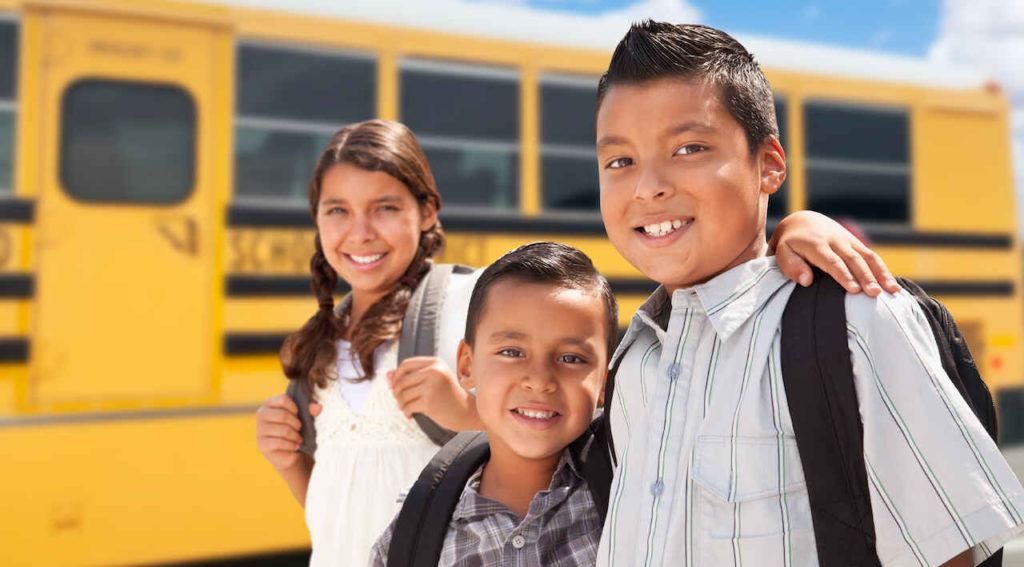This year’s back-to-school routine will be anything but routine but these tips can ease the transition.
The goal of school administrators, teachers and parents is for the upcoming school year to begin with as much normalcy as possible, without sacrificing safety. But in the midst of a global pandemic, sending kids back to school feels anything but normal.
School districts across the country have different plans in place to start the school year – some working out in-person instruction, others opting for online options and still others with hybrid solutions. Although schools may have different plans and protocols in place to keep students and teachers as safe as possible, there’s no doubt that your child (and you) have concerns about going back to school this year.
If I go back to school, will things feel normal there? Will I get to hang out with my friends? Will we have to go back to online learning at some point? What if we can’t be in school? What if someone gets sick? These are just some of the questions that may be running through students’ and parents’ heads right now.
While you can’t answer every question or be prepared for every scenario, the one thing you can do as a parent is to do your best to prepare kids for what’s to come. At the very least, here are a few things you can do:
- Listen to their concerns. Kids may be more worried or anxious than you realize. They’ve been out of school for a long time and don’t know what to expect when they return. Give them opportunities to express their concerns and talk through each one with them.
- Look for signs of stress. Some kids may not feel comfortable sharing what worries them, but may exhibit signs of stress you can pick up on. If you sense that your child is nervous, anxious or stressed, try to start an open dialogue to make them feel comfortable talking with you.
- Share what you know. As your school district or child’s teacher shares information with you about changes to the usual school routine, share that information with your child in an age appropriate manner. For example, if they will need to wear masks, let them know what to expect. If procedures on the school bus, at lunch or during recess will be different, prepare them as best you can for those changes as well. If they will be learning online, they need to know that, too.
- Plan playdates. Many children across the nation have not been able to enjoy the carefree play they’re used to – at the playground, pool, friends’ houses or elsewhere. After so many months of not seeing their friends, they may be uneasy about what things will be like if and when they are back together. Now is the perfect time to plan some playdates – just keep them outdoors and do your best to enforce social distancing.
- Prepare them for change. What you share with your child will depend in part on their age and maturity level, but it’s okay to explain that a lot is up in the air right now. Things may start off one way but change over time. Schools may have one plan in place but adapt that plan as they deem necessary. The one thing that seems to be certain is that nothing is set in stone and plans may change and will depend on the state of the coronavirus threat where you live as well as other factors out of your control.
This year it may be hard to prepare your child – and yourself – for a new school year. Going back to school will likely be met with mixed emotions including excitement, uncertainty, fear and anxiety. It’s a back-to-school season like none we’ve ever experienced before and it’s okay if you don’t have all the answers for your children or don’t know exactly how to get them ready for this transition. Just be as open as possible and pay attention to signs that your children may be struggling with emotions even if they don’t express their feelings in words. If you do that, you’ll be doing the best you can in a time of uncertainty.
Copyright 2020 © Baldwin Publishing, Inc. All rights reserved.
